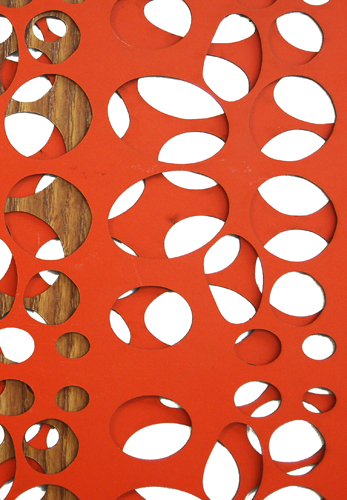
 |
|---|
 |
Laser Cutting
After years of hand cutting materials, I wanted to explore a process of cutting simple and complex shapes out of sheet materials that would result in a perfectly smooth, reproducible cut line. This led me to experiment with laser cutting technology. I was able to find access and assistance with laser cutting in the architecture department at Dalhausie University. After creating original designs, my initial thoughts were that the laser would quickly produce perfect cuts, without affecting the structural integrity of the sheet material. I was wrong about the swiftness of the process, but totally fascinated by the interplay of hand drawing, paper models, laser cutting and manual manipulation. All results led to a renewed set of questions and possibilities that I am still engaged with. While the laser experiments did ultimately result in accurate, swift cuts, the set-up time can not be underestimated. The laser reads a vector or raster set of lines so the initial hand drawing needs to be converted into an AutoCad drawing. I attempted to preserve the looseness and flexibility of the hand drawn line when converting it to the digital file that would be the intermediary between laser cutter and sourced material and reacts differently based on temperature and humidity of the room. The laser burns its way through a material and the resulting pieces needed hand finishing to refine, before being combined with other materials to create jewelry. The laser did allow me to experiment with tiny tolerances that enabled slotted connections to be performedwith such accuracy that glue or a second material for connection was not required. Keraflex ( a thin porcelain paper product ) could be cut in delicate lace-like patterns. My experimentation with this is just beginning. Both the laminate and the Keraflex can then be manipulated into 3-D forms, an aspect of my jewelry that had been missing until this point. Ultimately, the laser has its place in my jewelry making. Many of the pieces in this body of work could not have been made with out it and I look forward to further experimentation and research with the process. |
|---|
|
|
|
|
|---|